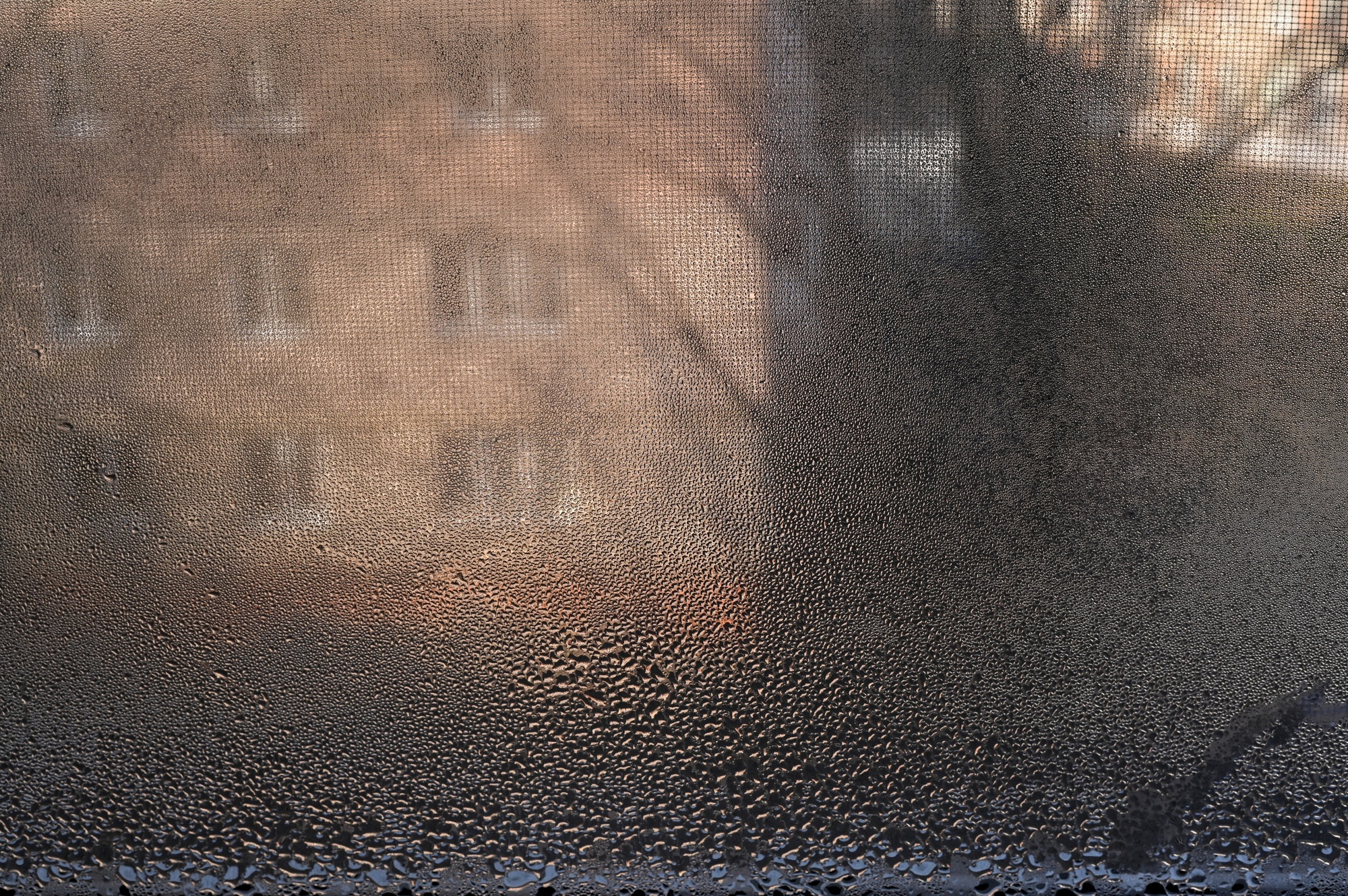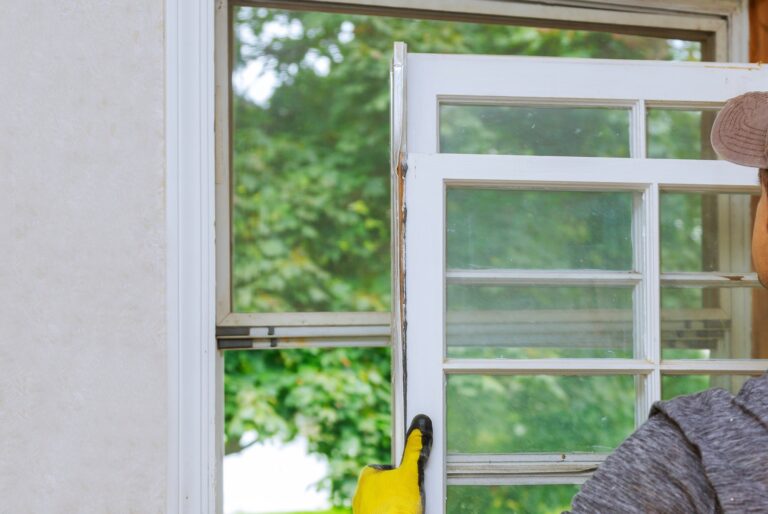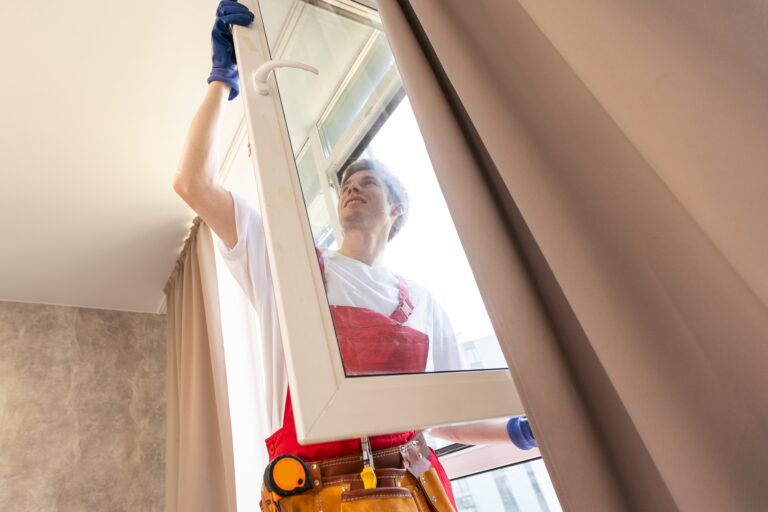Why Windows Fog Up And What To Do About It
Learn why windows fog up, what it means for your home, and practical steps to clear the problem. Understand causes and solutions before replacing.
Introduction
Foggy windows frustrate homeowners more than almost any other issue. It’s not just about appearance—moisture buildup signals something wrong with your window seals, insulation, or even indoor humidity. Knowing why fog happens helps you decide whether repair, replacement, or just a change in habits is the right move.
Common Causes Of Fogging
Most fog comes from condensation, which forms when warm indoor air meets cooler glass surfaces. Old or poorly sealed windows allow outside air to mix in, worsening the effect. In multi-pane windows, fogging between the panes usually means the seal has failed and the insulating gas has escaped.
The Role Of Indoor Humidity
Sometimes the issue isn’t the window itself but your home’s humidity level. Long hot showers, cooking without vents, or running humidifiers can all raise moisture indoors. If the glass is colder than the room air, condensation collects. Running bathroom and kitchen fans and slightly lowering humidity settings on your thermostat can help.
Window Fogging Problems
When fog is trapped between panes, there’s no simple fix. You can’t wipe it away because it’s inside the sealed glass unit. While a few companies drill and vent glass to clear it, that’s usually a short-term solution. Most of the time, replacement is the only real cure. If this sounds familiar, it may be worth learning more about window replacement basics before deciding how to move forward.
Why Fogging Matters
Foggy windows are more than cosmetic. They reduce natural light, block views, and signal that insulation value has dropped. That means higher utility bills and more strain on your heating and cooling systems. The longer you wait, the worse it gets.
Fog Prevention Tips
Daily habits help. Use exhaust fans, open windows for ventilation, and check that dryer vents are sealed. Regularly inspect caulking and weatherstripping around frames to block air leaks. Even with the best habits, old windows will still fail eventually. At that point, investing in new units with argon gas fills and Low-E coatings makes more sense. For a breakdown of how these features improve efficiency, see the section on window comfort upgrades.
Conclusion
Fogged-up windows tell a story. Sometimes it’s about indoor humidity, sometimes it’s about aging seals. Either way, ignoring the problem costs more in the long run. Clear, efficient glass saves money, lets in light, and makes your home feel fresher. Ready to tackle the issue? Request your free quote and get clarity on your best next step.
FAQs
Can Foggy Windows Be Repaired Without Replacing?
In rare cases, yes, but usually the fog returns. Replacement is the long-term fix.
Does Fog Mean My Windows Are Leaking Air?
Often it does. Failed seals let outside air and moisture in, reducing insulation.
Will A Dehumidifier Help With Foggy Windows?
It can reduce surface condensation but won’t fix broken seals in double-pane glass.
Why Do Only Some Of My Windows Fog Up?
Age, exposure to sunlight, and manufacturing quality all affect which seals fail first.
Are Foggy Windows Dangerous To My Health?
Not directly, but the added moisture can contribute to mold growth around frames.



